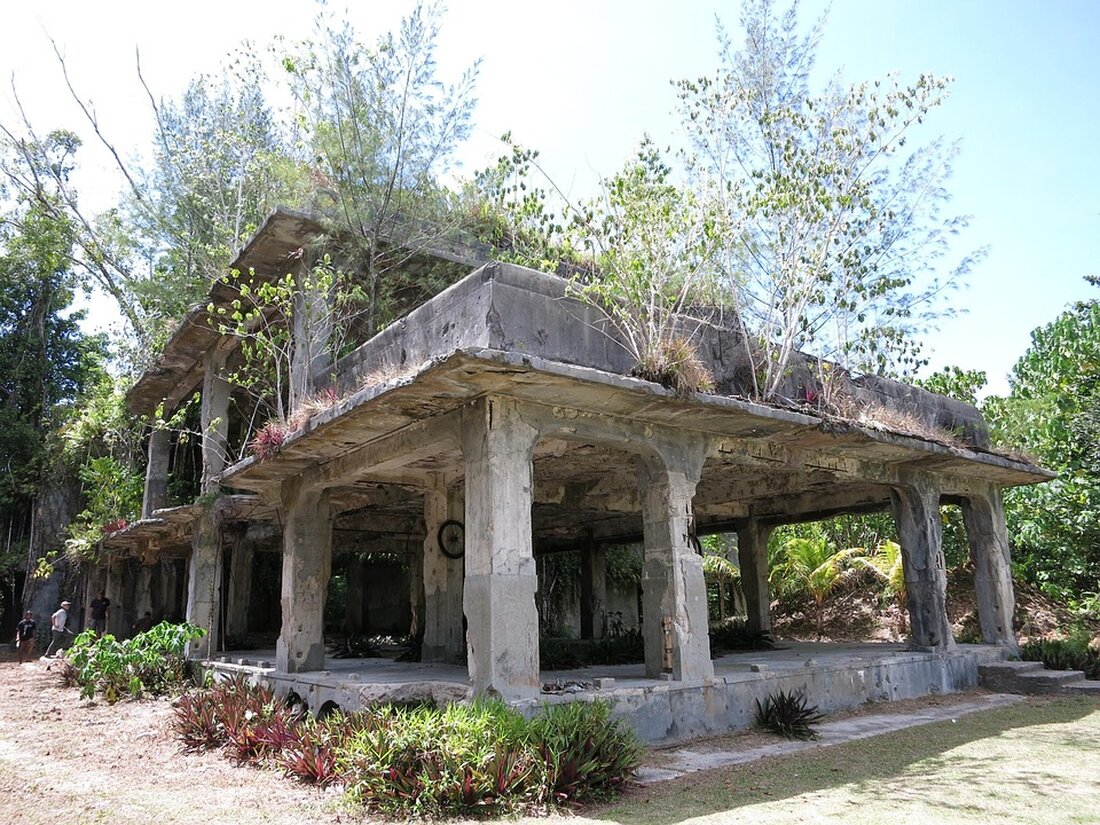US bombers Japanese city: 12 hours before the end of the war
US bombers Japanese city: 12 hours before the end of the war
Kumagaya, Japan, still has scars 80 years after the last American fire bombing. These remain in the memory of the survivors, on the skin of a man who lives just a few steps from the place, on which hundreds lost their lives, and on the surface of a statue of a worshiped Buddhist monk. On the evening of August 14, 1945, the city turned into a flame hell, and many had to leave their home.
The devastating attacks on Kumagaya
Almost 90 American B-29 bombers threw around 6,000 tons of Napalm on Kumagaya, Japan on the night from 14 to August 15, 1945. The resulting fire, which reached temperatures between 800 and 1,200 degrees Celsius, killed at least 260 people and injured 3,000 more. It is estimated that almost 75 % of the city with 47,000 inhabitants were razed to the ground.
The last bomber to be this firestorm left the sky over Kumagaya less than 12 hours before the voice of Emperor Hirohito announced the unconditional surrender of Japan.
memories of the night of destruction
The current resident Kazumi Yoneda was born on this day shortly before the American bombers struck. In 2020 she published a volume of poems entitled "The Day I was born". In it she describes:
"On the day I was born, the city was devoured. My mother gave birth to me, held me - and was under the ruins of her house. Her body did not give breast milk. She kept her constantly crying child in her arms."
the infinite fear of death
"Nobody wants to die in the last moments of a war." These words come from Homer Bigart, a correspondent of the New York Herald Tribune, who was on board one of the last B-29 bombers, the Kumagaya attacked. The American commander justified the mission by explaining that Kumagaya had important infrastructures such as a train station and factories for aircraft parts and thus represent legitimate military goals.
The memories of the survivors
KAZUE HOJO was seven years old when Kumagaya burned. She lived with her family in a relatively happy home, despite the turmoil of war. On a juni afternoon she shared photos of her childhood.
When the bombing started, she fled with her mother, five -year -old sister and her two -month -old brother to a railway embankment while she had to avoid the fire bombs. Her memories of this night are painful, different stories come from the survivors, including their own experiences of grief and loss.
a father, a wish and a son
in the Sekijoji Buddhist Temple, where the remains of destruction are still visible, explains the 79-year-old Upper priest Tetsuya Okayasu the importance of a burned statue of Kobodaishi-one of the most respected Buddhist monks of Japan. This statue, which symbolizes the devastating legacy of the air raid, is reminiscent of the horrors of war.
The moral question of war
The fire attacks on Kumagaya are part of General Curtis Lemay's strategy that Japan significantly damaged during World War II. He had taken command through the US bomber forces in the Pacific region after earlier air strikes had been classified as ineffective. The question remains whether these attacks were both militarily and morally justified.
who is responsible?
Despite the destruction by the B-29 bombers, the survivors in Kumagaya have no hostility to America. "Kumagaya was just unhappy, we were unlucky," said Norihiro Ooi, curator of the Kumagaya City Library. The war brought a dynamic with it that was difficult to resist, and many felt powerless.
a sign of peace
A short walk from the temple are fresh watercourses that flow through Kumagaya. In the place where numerous people have tried to escape the flames, a statue is now reminiscent of the victims. Susumu Fujino, who lived there and is now 83 years old, takes care of his garden and sees the flowers as symbols of peace.
Visit kumagaya
Kumagaya can be planned as a day trip during a visit to Tokyo. Most of the sites related to the fire attack are easy to reach from the Kumagaya station. Find out in advance about visiting the Sekijoji Temple to see the statue and visit the small museum in the city library to learn more about the history of the attack.


Kommentare (0)